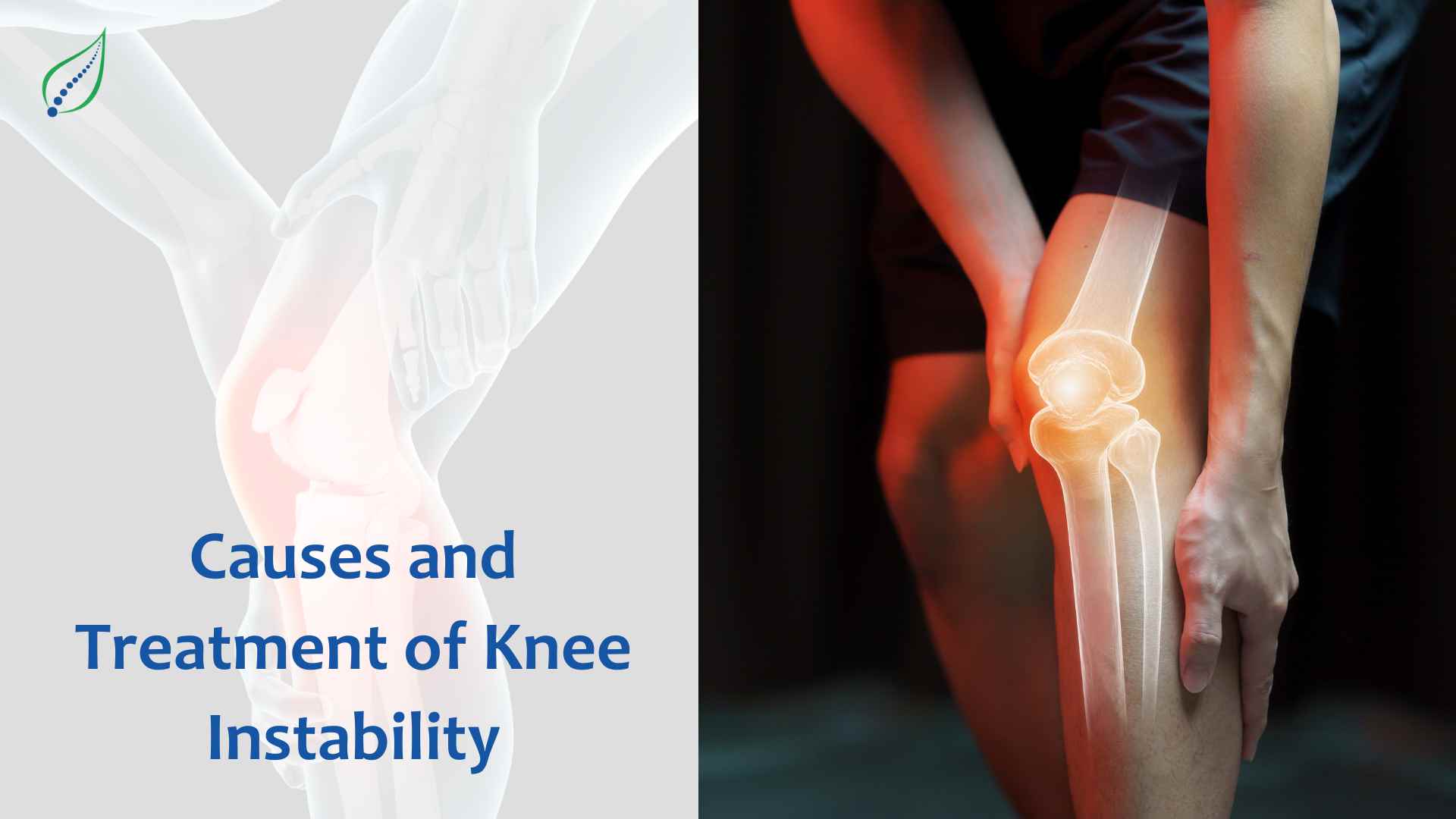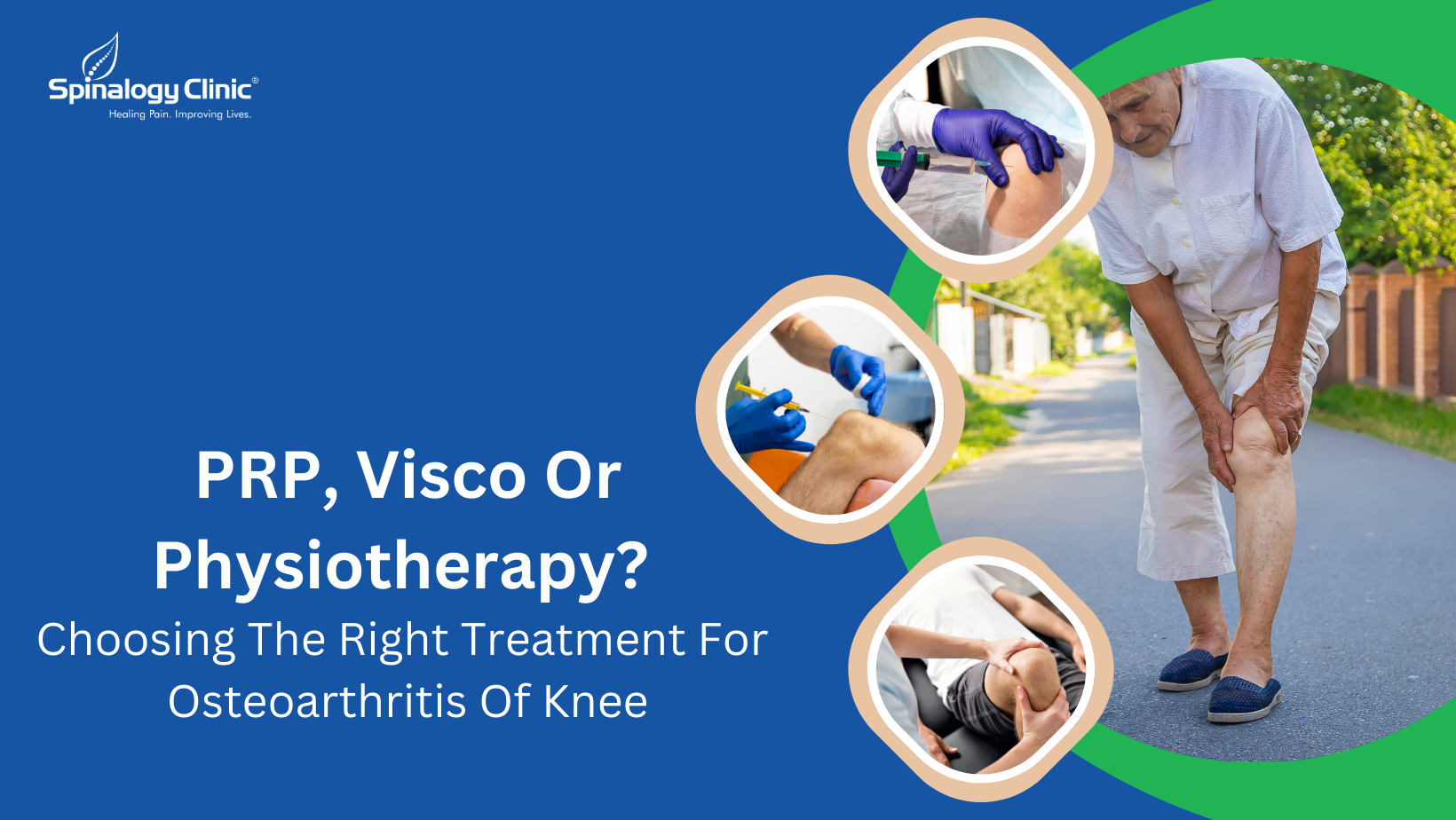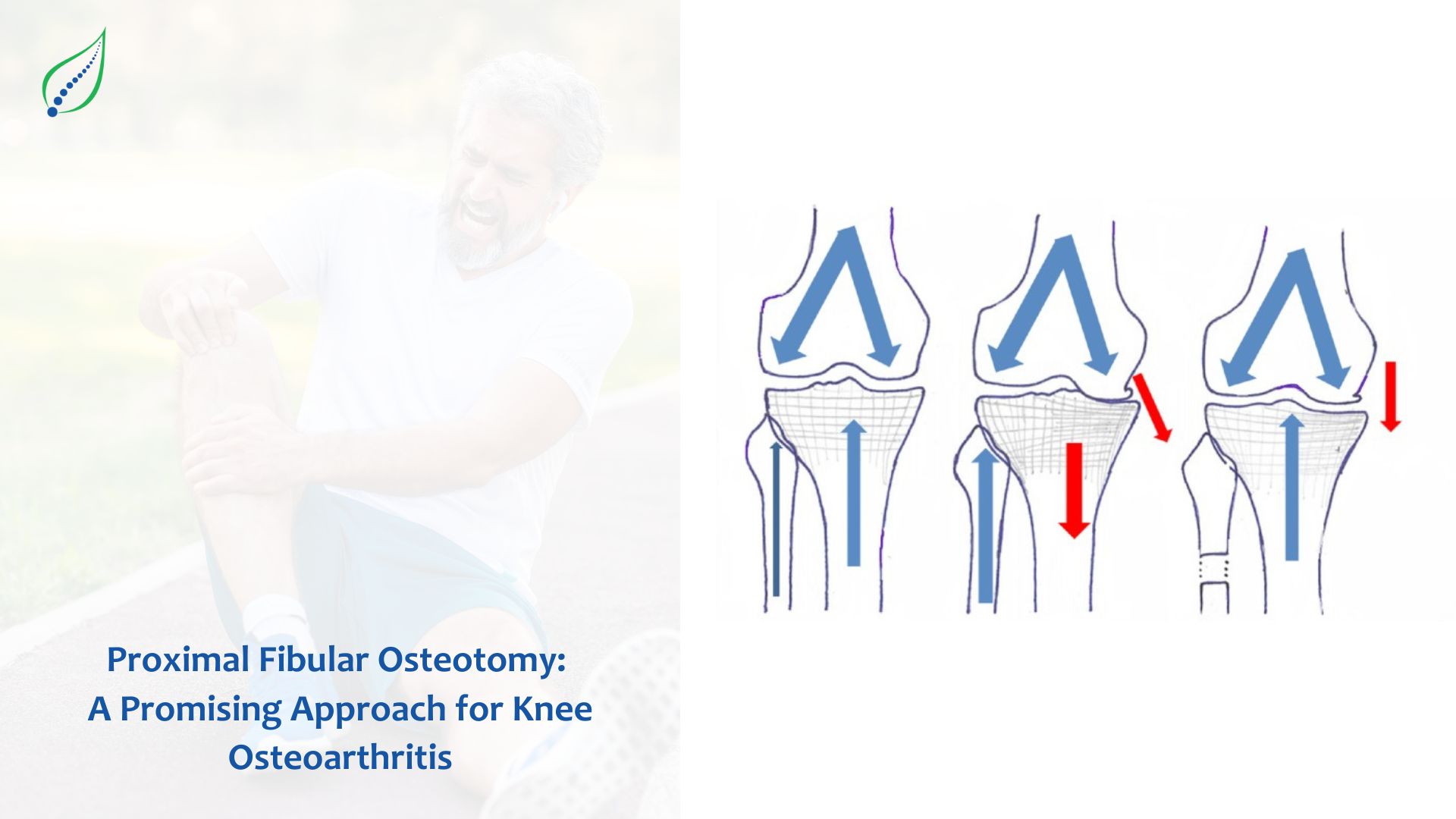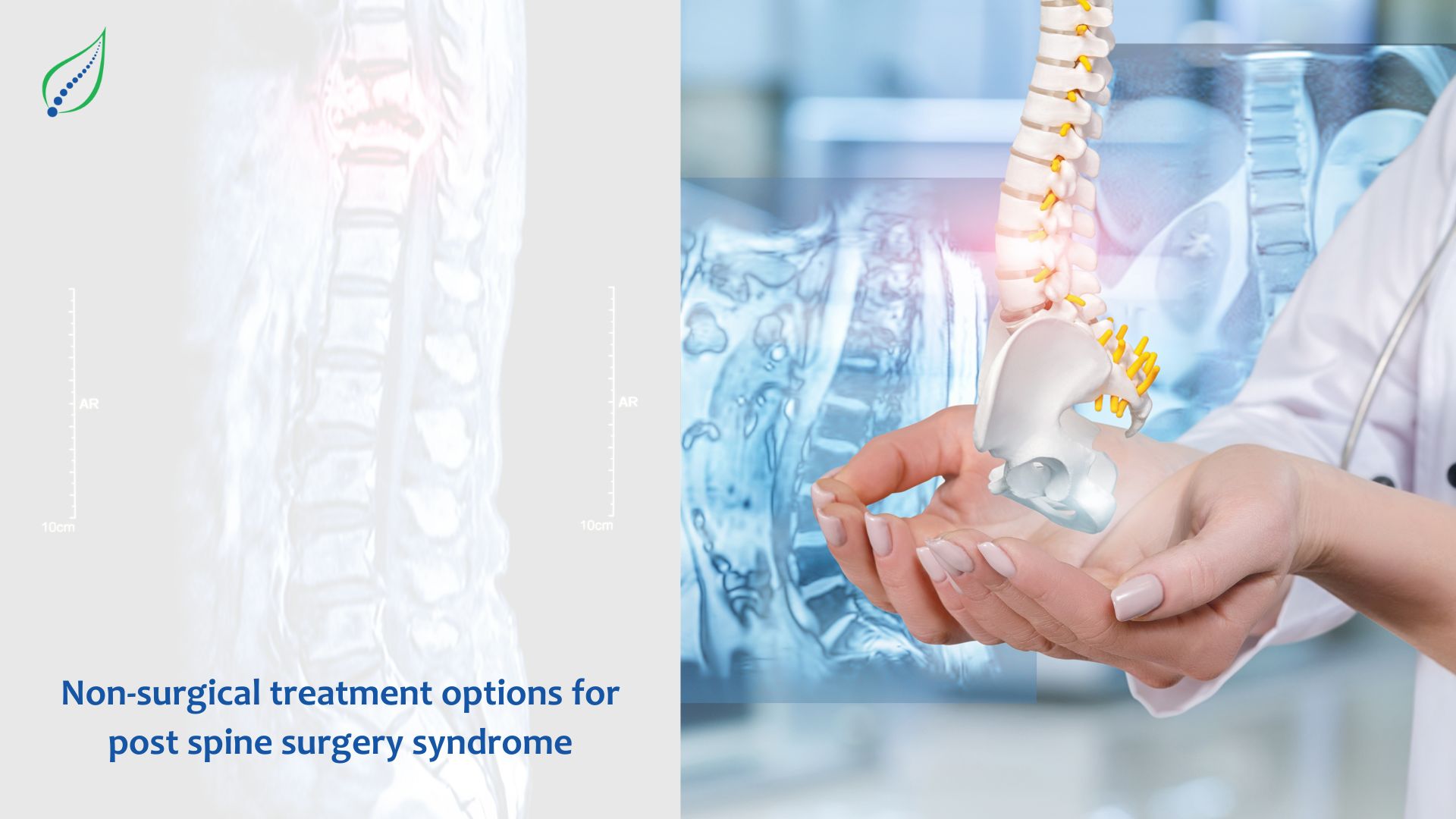Causes and Treatment of Knee Instability
Knee instability refers to the knee feeling loose, wobbly or giving way. This unsettling sensation usually indicates injury to the muscles, tendons, ligaments or bones that help stabilize the knee joint. Knee instability can affect people of all ages and activity levels and significantly impact mobility. In this post, we’ll look at the common causes, symptoms, diagnosis and nonsurgical treatment options for knee instability.
Causes
There are several factors that can lead to an unstable knee:
- Ligament Injuries - The four main ligaments that stabilize the knee joint are the ACL, PCL, MCL and LCL. Injury to any of these ligaments through sudden trauma like a blow or twist is a prime cause of instability. ACL tears are most common.
- Tendon Injuries - The quadriceps and patellar tendons help control proper knee function. If these become weakened due to strain or tears, it can result in instability.
- Muscle Weakness - Strong thigh and calf muscles are needed to support the knee. Weakness from poor conditioning, overuse or injuries can undermine stability.
- Imbalance - Having disproportionately strong quads and weak hamstrings/glutes is linked to knee instability.
- Knee Cap Dislocation - A patellar dislocation or subluxation causes the knee cap to deviate, leading to instability.
- Meniscus Injury - Damaged or torn meniscus cartilage can allow abnormal knee motion. Osteoarthritis also progressively damages cartilage.
Symptoms
Signs and symptoms that your knee is unstable include:
- Buckling, giving way or wobbling of the knee. This may cause you to fall.
- Pain and tenderness along the joint line or patella.
- Difficulty with balance, pivoting or weight bearing through the leg.
- Feeling like the knee is about to give out, especially going downstairs.
- Popping, grinding or crunching sounds.
- Swelling, particularly after activity.
- Knee catching or locking up temporarily.
If you have such symptoms, it’s important to get evaluated by a doctor to determine the cause. Leaving knee instability unchecked can lead to greater damage over time.
Diagnosis
To properly diagnose knee instability, the physician performs a physical examination of the joint. They will check for:
- Ligament laxity - Using special tests to check for excessive looseness indicating tears.
- Range of motion - Reduced motion may indicate injury.
- Patellar tracking - They will assess if the kneecap is stable or deviates.
- Leg alignment - Knock kneesd or bow legged alignment may contribute.
- Muscle strength - Weakness compared to an uninjured leg will be noted.
They will also review medical history and ask about symptoms and mechanisms of injury. Imaging tests like x-rays, MRI and CT scans may be ordered to assess muscles, ligaments, tendons and bones.
Non-Surgical Treatment
The good news is that many types of knee instability can be corrected without surgery through rehabilitation exercises, bracing and lifestyle modifications. Here are some key treatment approaches:
- Rest - Avoiding activities that aggravate the injured knee is important for recovery. Use crutches if needed to prevent weight bearing.
- Ice - Applying ice packs for 15-20 minutes a few times per day can relieve pain and swelling.
- NSAIDs - Over-the-counter non-steroidal anti-inflammatory drugs like Advil help with pain and inflammation.
- Compression - Using an elastic bandage or knee brace provides compression to prevent swelling.
- Physical Therapy - PT focuses on flexibility, strength training, neuromuscular control and balance exercises. The goal is to stabilize the knee without surgery.
- Knee Bracing - Braces like ACL hinged knee brace or patellar braces support the injured knee and limit certain motions. A knee immobilizer brace may be used for severe injuries.
- Activity Modification - Adjusting activities and sports participation may be needed to prevent re-injury.
- Weight Loss - Losing excess body weight reduces stress on the knee joint.
- Proper Footwear - Supportive athletic shoes act as shock absorbers for reducing knee strain.
- Intraarticular Injection - Intraarticular PRP (Platelet Rich Plasma) injection promotes healing of injured tendon.
Bottom line
While recovering from knee instability it’s important to follow your physician’s treatment plan closely. Physiotherapy is crucial for strengthening the knee and restoring normal function. With time, nonsurgical treatment can often get you back to full activity. However, some injuries like complete ACL tears may eventually require surgery if instability persists. The key is not to push through pain or do too much too soon before the knee is adequately strengthened. With proper rehabilitation, most types of knee instability can be treated conservatively through a gradual return to activity.




